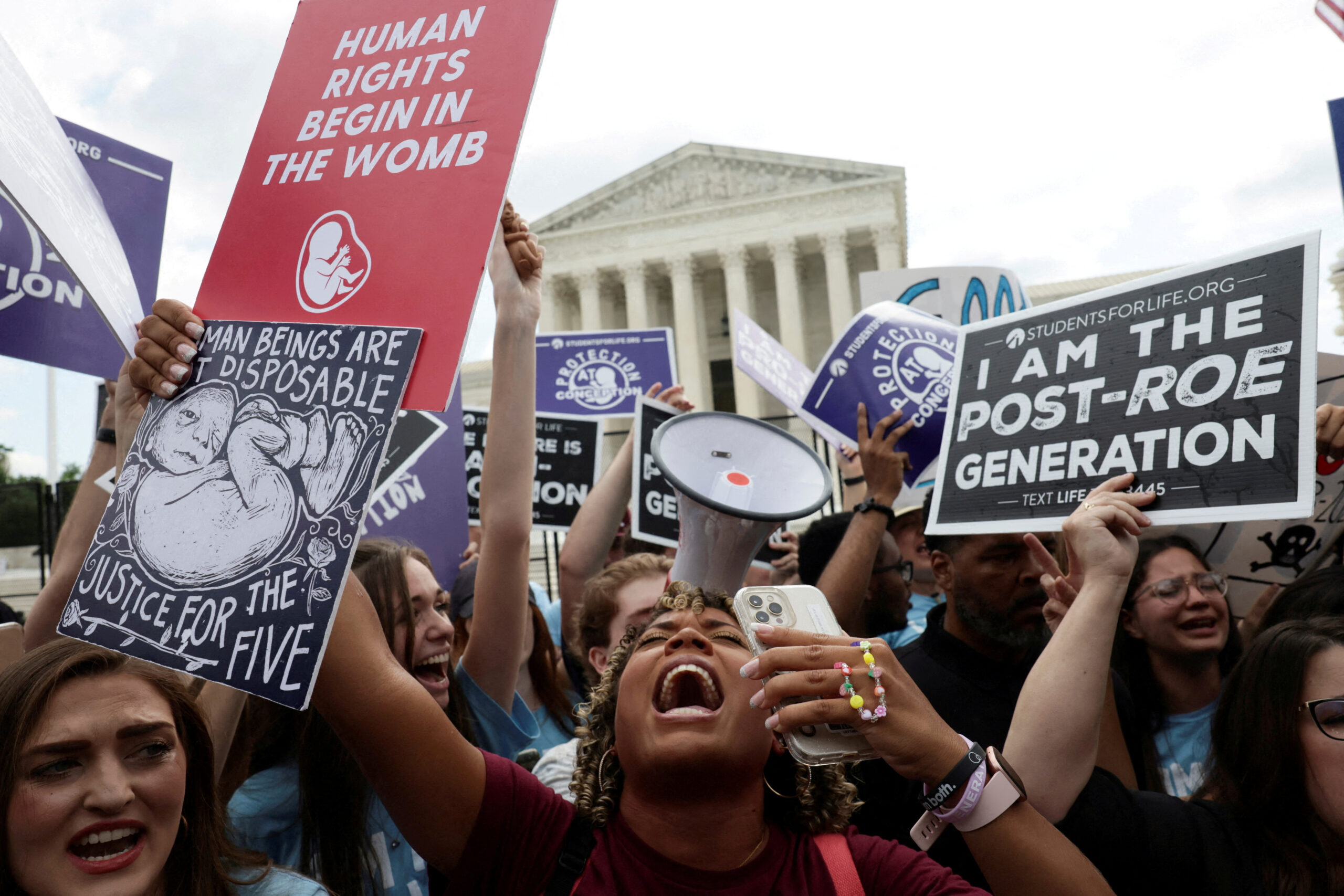A Timeline and Explanation of the Most Controversial Law in the United States: Roe v. Wade
Abortion is currently one of the most controversial topics in the United States of America from legal, political, and religious points of view. Most people have heard of Roe v. Wade, perhaps in passing news headlines or from a TV broadcast, but what is this law? What does it mean? What has happened recently? I will explore all of these questions in this article.
What is Roe v. Wade?
The case of Roe v. Wade was initiated when Norma McCorvery attempted to receive an abortion in Texas, where it was entirely against the law unless it was necessary to save the mother’s life. Norma McCorvery, who was also known as “Jane Roe”, filed the case in 1970 against Henry Wade, who was the district attorney of Dalla country, Texas (hence the name “Roe v. Wade”).
Roe v. Wade was an extremely important legal case. It ultimately ended on January 22nd, 1973, when the U.S. Supreme Court established that the overly restrictive state regulations on abortion violated the Constitution. The specific portion of the Constitution violated was the right to privacy. In making their final decision, the Supreme Court was attempting to balance several different rights. They acknowledged a balance between the right to privacy, the right for individual states to create their laws, and the rights of pregnant women.
The final law created a trimester-based structure that allowed for the states to increase regulations regarding abortion as pregnancy develops, however, it ultimately legalized abortion nationwide. It reinforced that an individual’s right to end a pregnancy was protected under the Constitution, specifically in the early stages of pregnancy.
Modifications and Controversy Regarding Roe v. Wade
After Roe v. Wade was enacted in 1973, various modifications were made as multiple states sought to interpret it individually. However, it was never fully overturned. Later, Norma McCorvery (Jane Roe), who in the beginning of Roe v. Wade strongly supported abortion rights, publicly and passionately changed her standpoint. Numerous anti-abortion groups even paid Norma McCorvery to support their statements in 2020.
The Overturning of Roe v. Wade
On June 24th, 2022, the Supreme Court overturned Roe v. Wade, stating that there was no constitutional right to abortion. This allowed individual states to ban or create heavy regulations surrounding abortion. Immediately following the overturning, various states began to create laws to outlaw or heavily restrict abortion access. While in some states abortions were fully banned, in others, abortions were limited. Providers suffered reduced services, while countless women sought alternative and dangerous abortions. Abortion bans disproportionately impacted marginalized communities, heightening racism. As minority communities may not have full healthcare access, it was particularly challenging for them to seek safe abortions.
Specific State Bans
Perhaps the most controversial state ban was in Texas, it was one of the first states to immediately act upon the overturning of Roe v. Wade with an extreme law. Texas passed the highly controversial ‘Texas Heartbeat Act’, which bans abortion once a heartbeat is found in the embryo. This is typically around 6 weeks into pregnancy, meaning that the law practically bans abortion, as huge proportions of pregnant women do not know that they are pregnant before or at 6 weeks. Soon after the Texas ban, Mississippi enacted a law that banned abortion 15 weeks into pregnancy. Florida created a similar law to Texas named the ‘Fetal Heartbeat Bill’, also banning abortion at 6 weeks of gestation, and Alabama passed a law named the ‘Human Life Protection Act’. This was the most extreme of all bans, and entirely prohibited abortion access. Abortion is only legal in Alabama when the mother’s life is in significant danger. Arkansas created a law that banned abortion entirely unless in circumstances of a mother’s life being endangered similar to Alabama. Even extreme cases of rape or incest do not allow for abortion. Lastly, Ohio passed the ‘Unborn Child Dignity Act’. While this bill does not ban abortion, it forces fetal tissue from abortions to be cremated or buried, which leads to various other costs and complications.

Recent Updates
A lack of access to abortions is prevalent in the United States today. As of April 2024, abortion is fully banned in Alabama, Arkansas, Idaho, Indiana, Kentucky, Louisiana, Mississippi, Missouri, North Dakota, South Dakota, Oklahoma, Tennessee, Texas, and West Virginia. New laws banning abortion were legalized as recently as in the new year, such as in Idaho.
Other states have gestational limits, meaning that abortion is banned after 15-22 weeks of gestation, such as in Florida and Kansas. The remaining states fully allow abortion in all circumstances including California, Connecticut, and Hawaii.
Most recently, the Supreme Court of Arizona decided in early April that an 1864 law entirely preventing abortion would be reinstated starting on May 1st, 2024. Many other states are on a similar track to creating even stricter laws in the following years.

While laws restricting abortions have been increasing across the United States, it is vital to note that when the public has been allowed to vote, in several states, they have voted against strict reductions in abortion access. Even in traditionally conservative states, the majority of the population has voted against strict abortion laws.
The abortion issue is one of the most contentious in the United States and has the potential to heavily impact the presidential election in favor of the Democratic party. Numerous moderate to extreme Republicans are in favor of uplifting reproductive rights, and as Democrats are often seen as being more supportive of these rights, some pro-choice Republicans may be pushed toward the Democratic party. If a Democratic president is elected, abortion-restricting laws will likely be reduced or eliminated. Whatever happens, this will remain a divisive issue in the foreseeable future.
